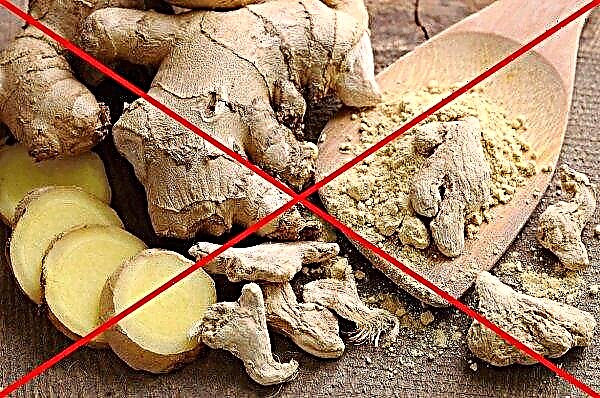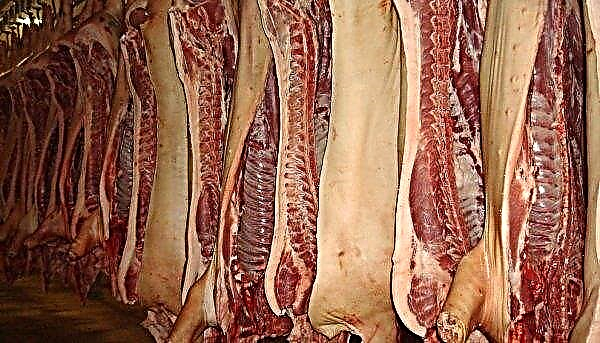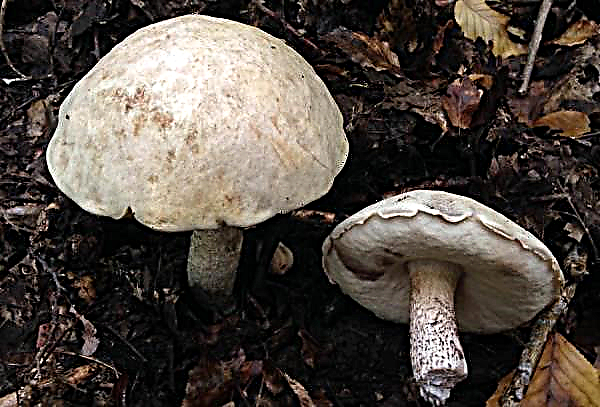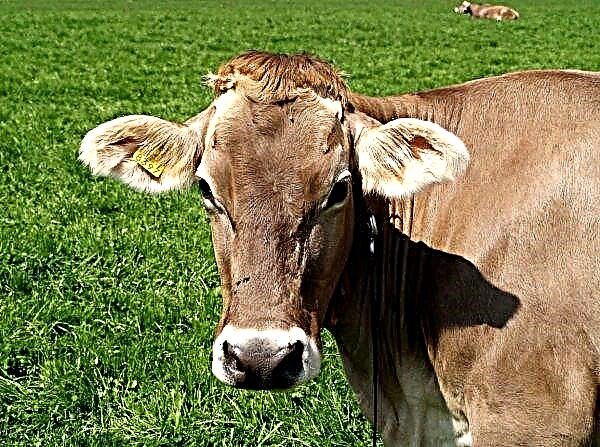In the winter and spring of last year, cotton futures prices exceeded 75 cents, and even approached 80 cents for a long time. Some manufacturers took advantage and made a forecast for the expected sale of cotton by the end of 2019. However, not everyone did.
Therefore, prices fell significantly, fell below 60 cents. Although now, fortunately, they began to recover from September. According to the March futures results, the cotton market recovered relatively well, although sometimes unevenly, but some weakness appeared last week.
An experienced farmer is able to manually collect up to 80 kg of cotton per day, but automatic harvesters at the same time collect 10 times more.
Futures on the old crop now hover below 70 cents and still tend to fall. It is good that there are positively established "minimum levels" on the market that can be broken only in the event of a rapid fall in prices.
Both for the remnants of the old crop, and for the expected this year, producers dream of a chance at a level of 80 cents.
Recent news reported that the spread of the Chinese coronovirus from Wuhan has a strong influence on the market. Reports also link the decline in agricultural markets of the country as a whole with the decline in global stock markets.
Recall the coronavirus, which began in China, and now spreads around the world, affects global markets and crops.
Returning to the realities of the supply and demand economy, the market expects what will happen with Chinese purchases of cotton and other goods. It will take time, but the market is cautious and will wait until the export figures show any reasons for optimism.
- Recall that earlier India sowed a prohibited variety of cotton.
- On behalf of its members, the Chinese Cotton Association filed a waiver of import duties on American raw cotton.
- Along with this, claims to lift the ban on the use of herbicide-tolerant Bt (HTBT) cotton in India are increasing.












